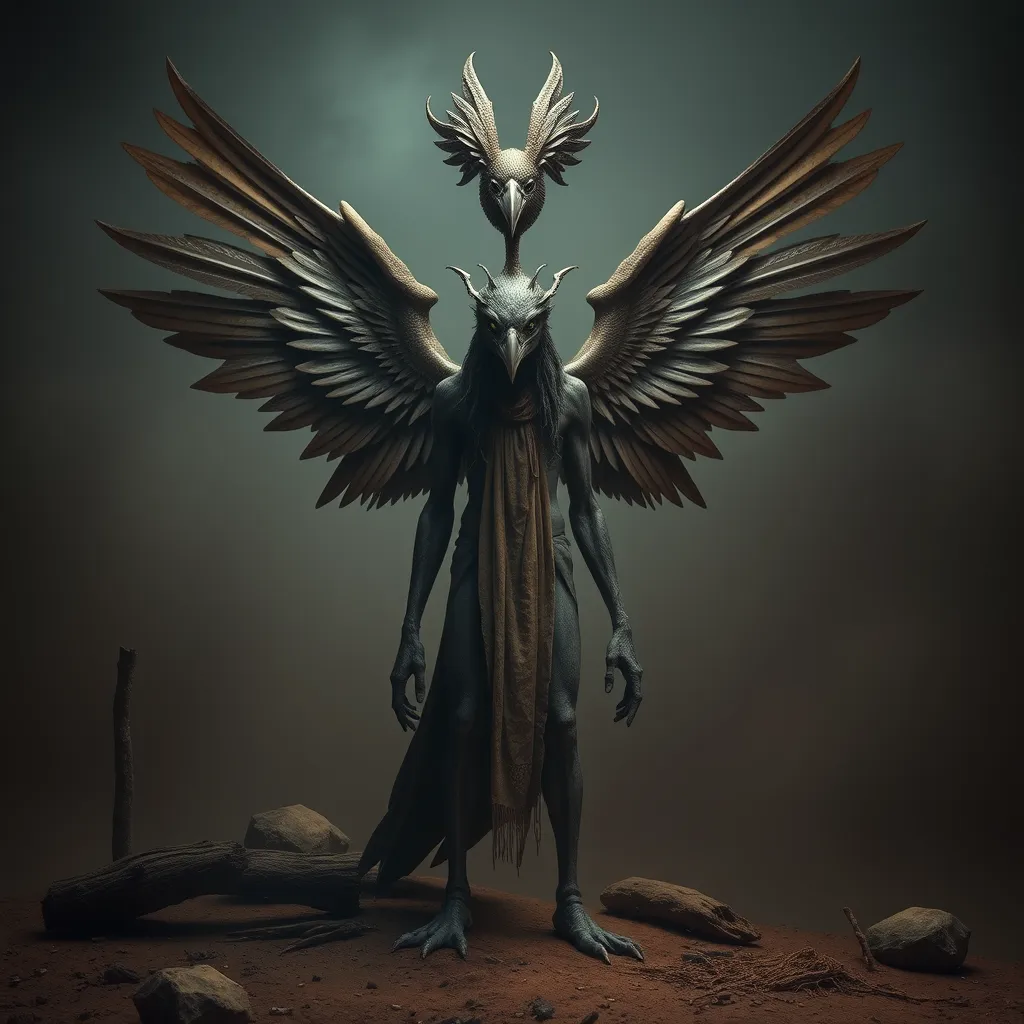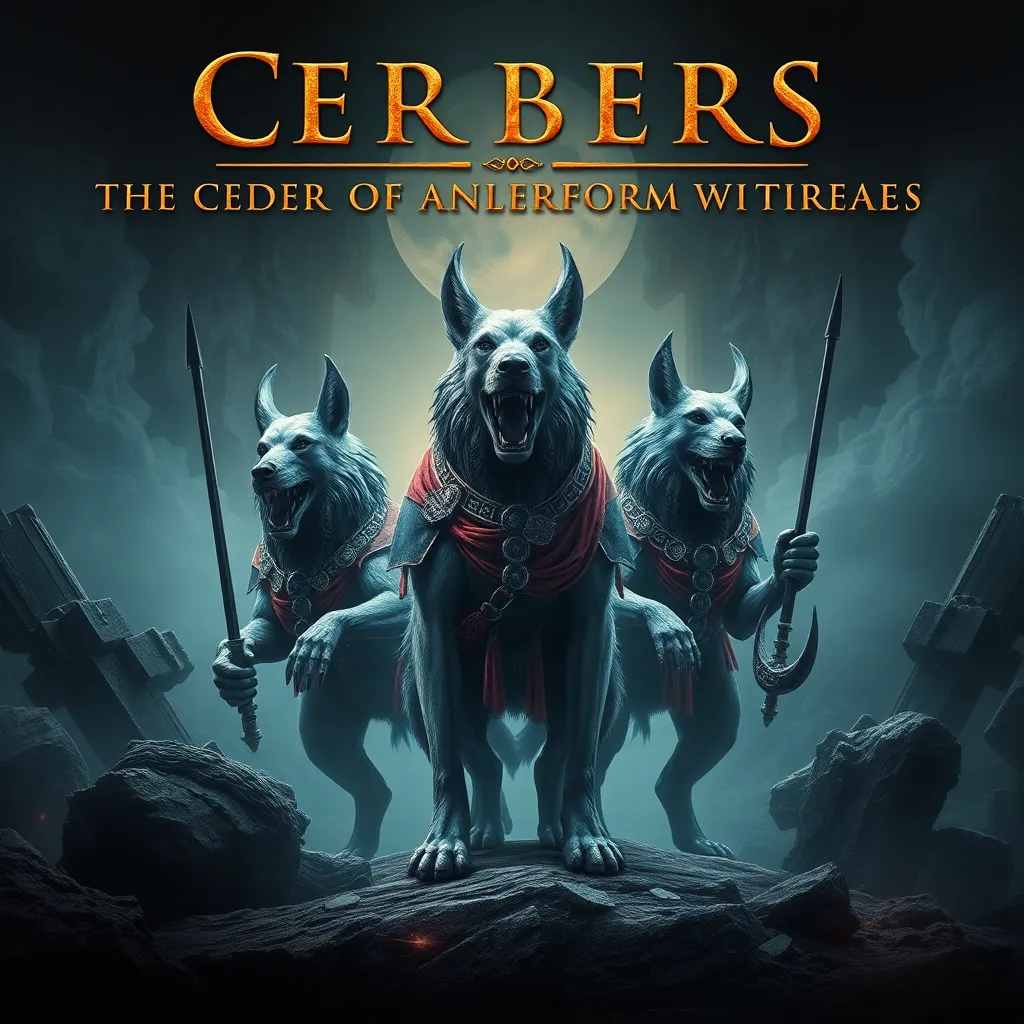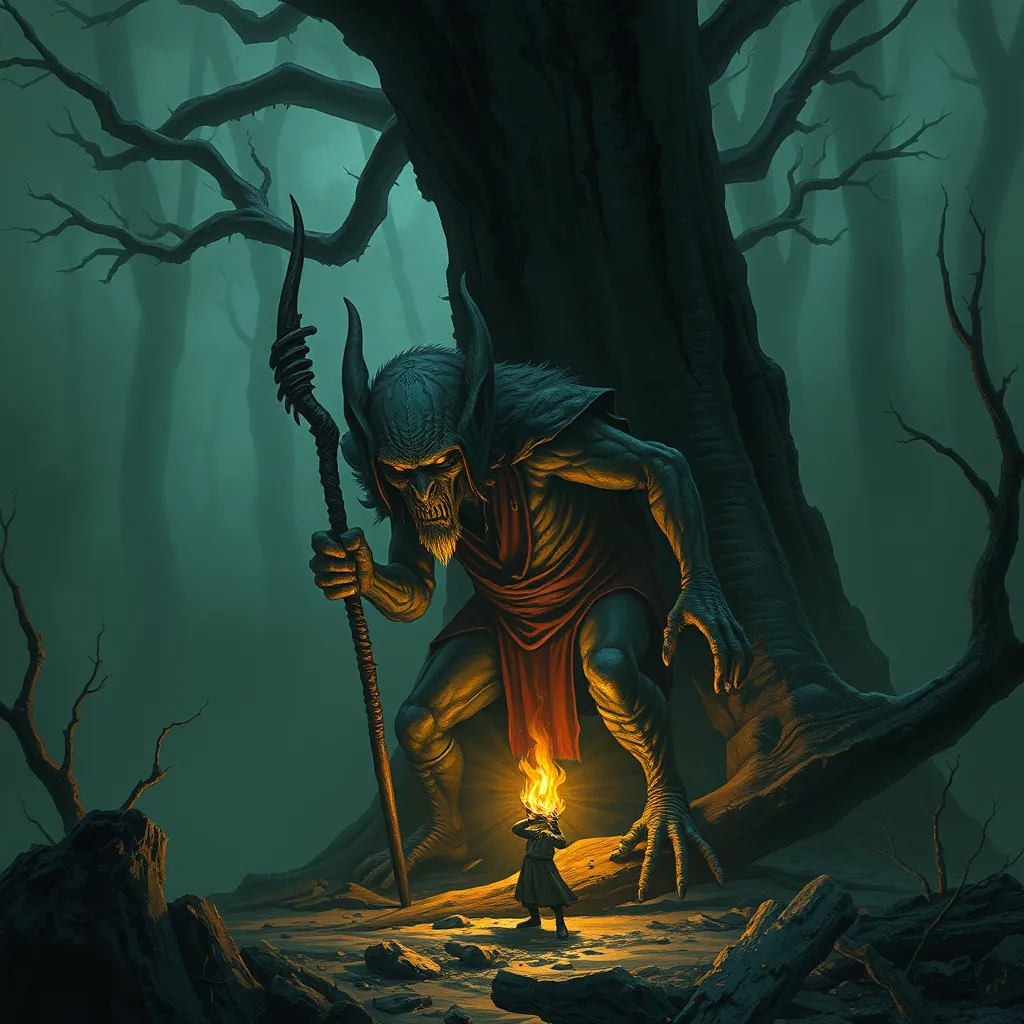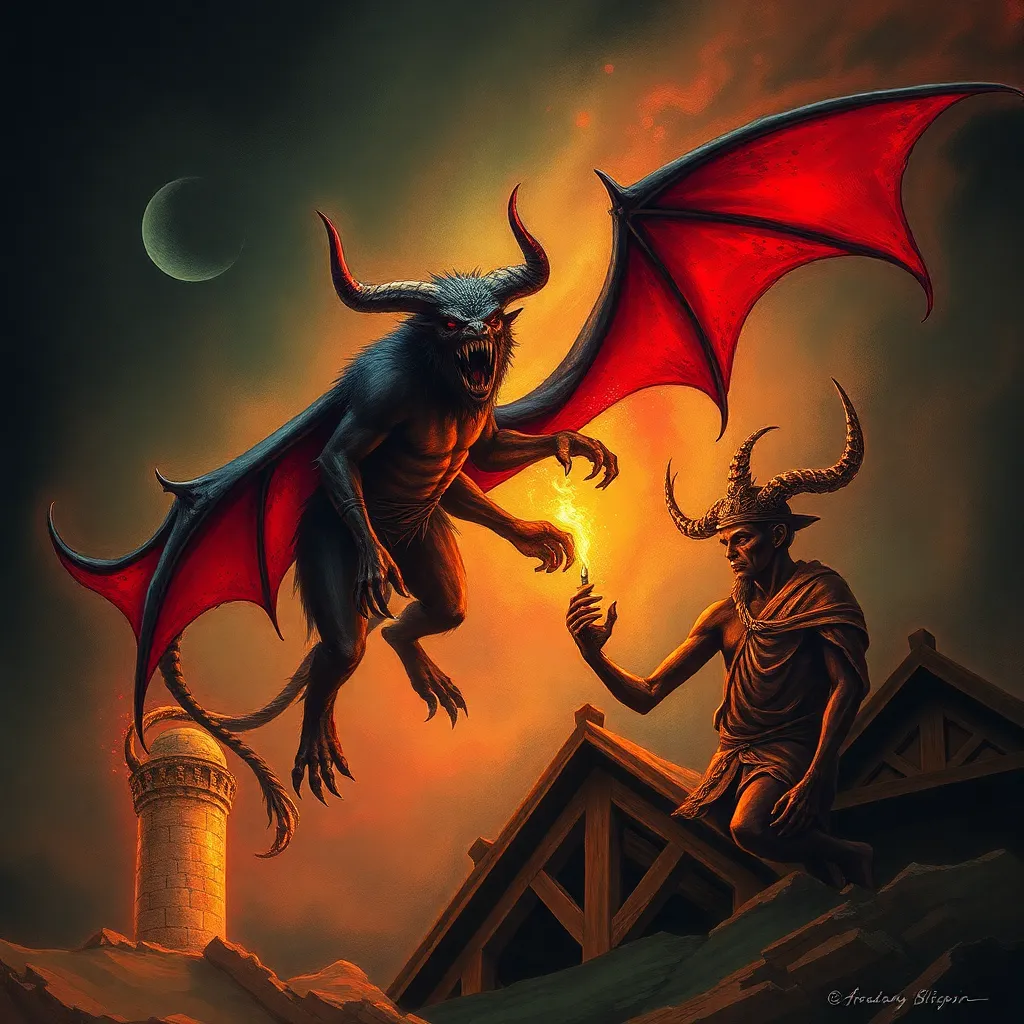The Harpy’s Influence on African Mythology: Examining Bird-Human Hybrids in West Africa
I. Introduction
The Harpy, a creature of Greek mythology, is often depicted as a bird with the face of a woman. These mythical beings have fascinated cultures for centuries, representing various themes such as vengeance, freedom, and the duality of nature. In contrast, African folklore is rich with its own versions of bird-human hybrids, showcasing the continent’s cultural diversity and unique narrative traditions.
This article aims to explore the influence of harpies on African mythology, particularly in West Africa, where bird-human hybrids hold significant cultural importance. By examining these entities, we can gain insights into the broader implications of mythology and how it shapes societal values.
II. Historical Context of Bird-Human Hybrids in West Africa
The origins of bird-human hybrid myths in West Africa can be traced back to ancient societies that revered the natural world. Birds, often seen as messengers between the earthly and spiritual realms, play a crucial role in many African cultures.
- Origins: Many bird-human hybrids can be linked to ancient spiritual beliefs, where these beings were thought to embody the souls of ancestors or deities.
- Cultural Significance: In ancient West African societies, these hybrids often symbolized protection, wisdom, and guidance, embodying traits that were highly valued.
When compared to Greek mythology, where harpies were often portrayed as vengeful spirits, West African hybrids typically carry more positive connotations. This contrast highlights the diverse ways cultures interpret similar themes.
III. Characteristics of Harpies and Their Parallels in African Mythology
In Greco-Roman mythology, harpies are depicted as winged spirits known for stealing and carrying off individuals. They are often associated with storms and chaos, representing a fearsome force of nature.
- Description: Harpies are typically described as having the body of a bird and the face of a woman, embodying both beauty and terror.
- Symbolism: In Greek culture, they symbolize the destructive aspects of nature, as well as punishment for wrongdoing.
Conversely, West African bird-human hybrids exhibit a variety of characteristics:
- Positive Attributes: Many are seen as protectors or spiritual guides, reflecting the interconnectedness of life and the environment.
- Symbolism: These beings often symbolize duality, wisdom, and transformation, showcasing a harmonious relationship with nature.
IV. Prominent Bird-Human Hybrid Figures in West African Mythology
West African mythology features numerous prominent figures that embody the bird-human hybrid archetype. Each culture within the region has its unique stories and characters.
- Overview: Figures such as the Adroa from Ugandan mythology and the Owl Woman from various West African cultures exemplify the rich tapestry of these hybrids.
Case studies of specific examples reveal common themes:
- Adroa: A deity associated with life and death, representing the balance between the physical and spiritual worlds.
- Owl Woman: A revered figure that represents wisdom, often invoked in rituals for guidance and protection.
These myths convey morals about respect for nature, the importance of community, and the balance of life.
V. The Role of Bird-Human Hybrids in Cultural Practices
Bird-human hybrids play a vital role in various cultural practices across West Africa. Their influence can be seen in rituals, artistic expressions, and oral traditions.
- Rituals and Ceremonies: Many communities perform rituals to honor these figures, seeking blessings or protection.
- Artistic Representations: Traditional crafts, such as masks and sculptures, often depict these hybrids, serving as a means of storytelling and cultural expression.
- Oral Storytelling: Myths involving these creatures are passed down through generations, fostering community cohesion and preserving cultural heritage.
VI. The Harpy’s Legacy and Its Impact on Modern African Culture
The motifs of bird-human hybrids continue to resonate in contemporary African culture, influencing various forms of art and literature.
- Contemporary Art: Modern artists draw inspiration from these mythical figures, incorporating their symbolism into paintings, sculptures, and installations.
- Literature and Media: Literature, films, and music often reference these hybrids, reflecting on their themes in a modern context.
- Evolving Perception: The perception of these figures is evolving, with many viewing them as symbols of resilience and cultural identity.
VII. Comparative Analysis: Harpies and African Hybrids
When comparing harpies with African bird-human hybrids, several similarities and differences emerge:
- Similarities: Both represent the duality of existence, embodying the connection between the human and the divine.
- Differences: While harpies often embody chaos and retribution, African hybrids are frequently associated with protection and wisdom.
- Cross-Cultural Influences: The examination of these figures reveals how cultures influence one another, showcasing a shared human fascination with hybrid entities.
VIII. Conclusion
In summary, the exploration of bird-human hybrids in West African mythology reveals a rich narrative tradition that parallels the stories of harpies in Greco-Roman culture. These figures carry profound symbolism and cultural significance, serving as reminders of humanity’s connection to nature and the spiritual realm.
Preserving these mythological narratives is crucial for understanding the diverse cultural landscapes of Africa. As we continue to explore and appreciate these rich stories, we deepen our understanding of human experience and the universal themes that bind us all.



